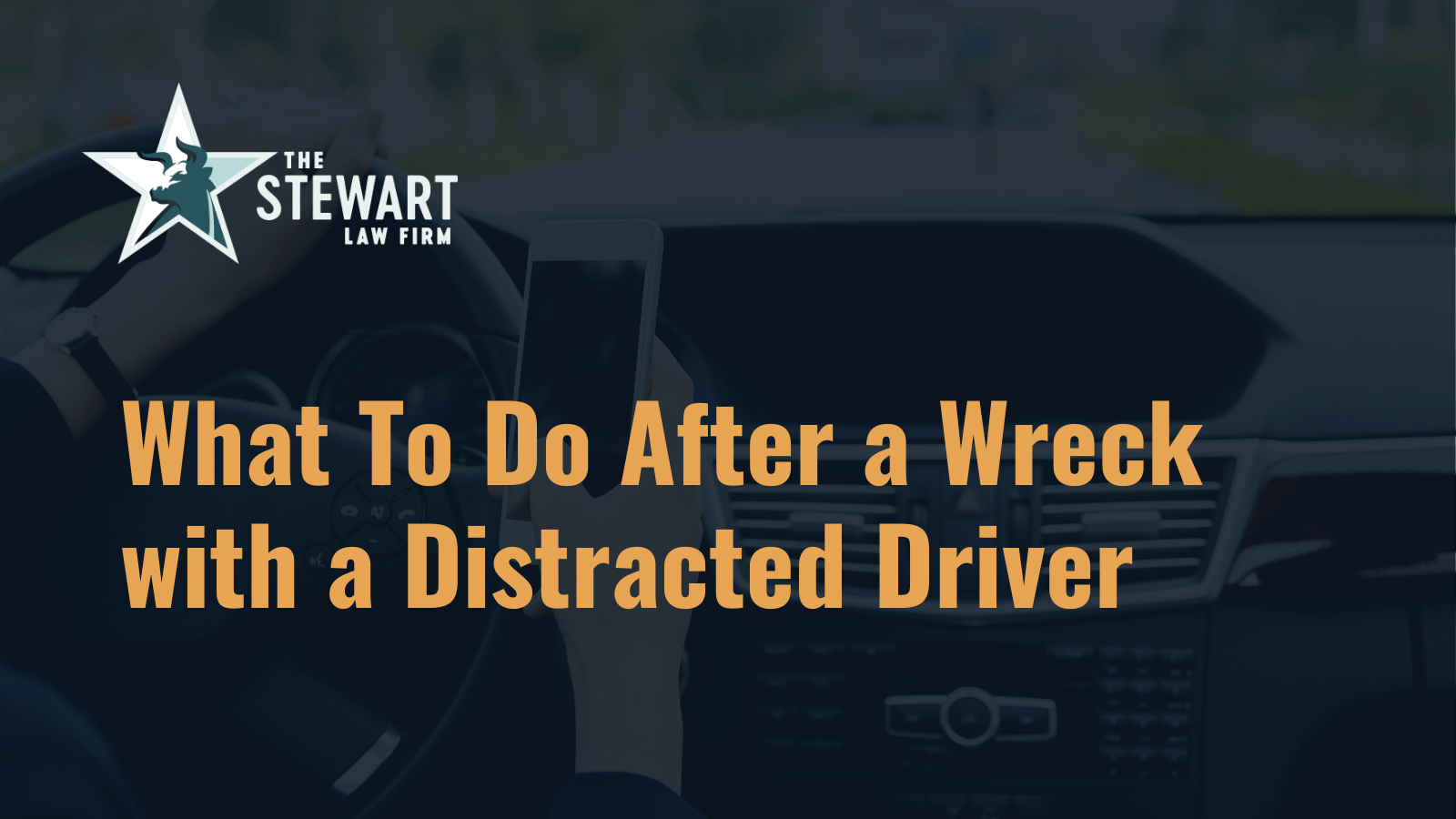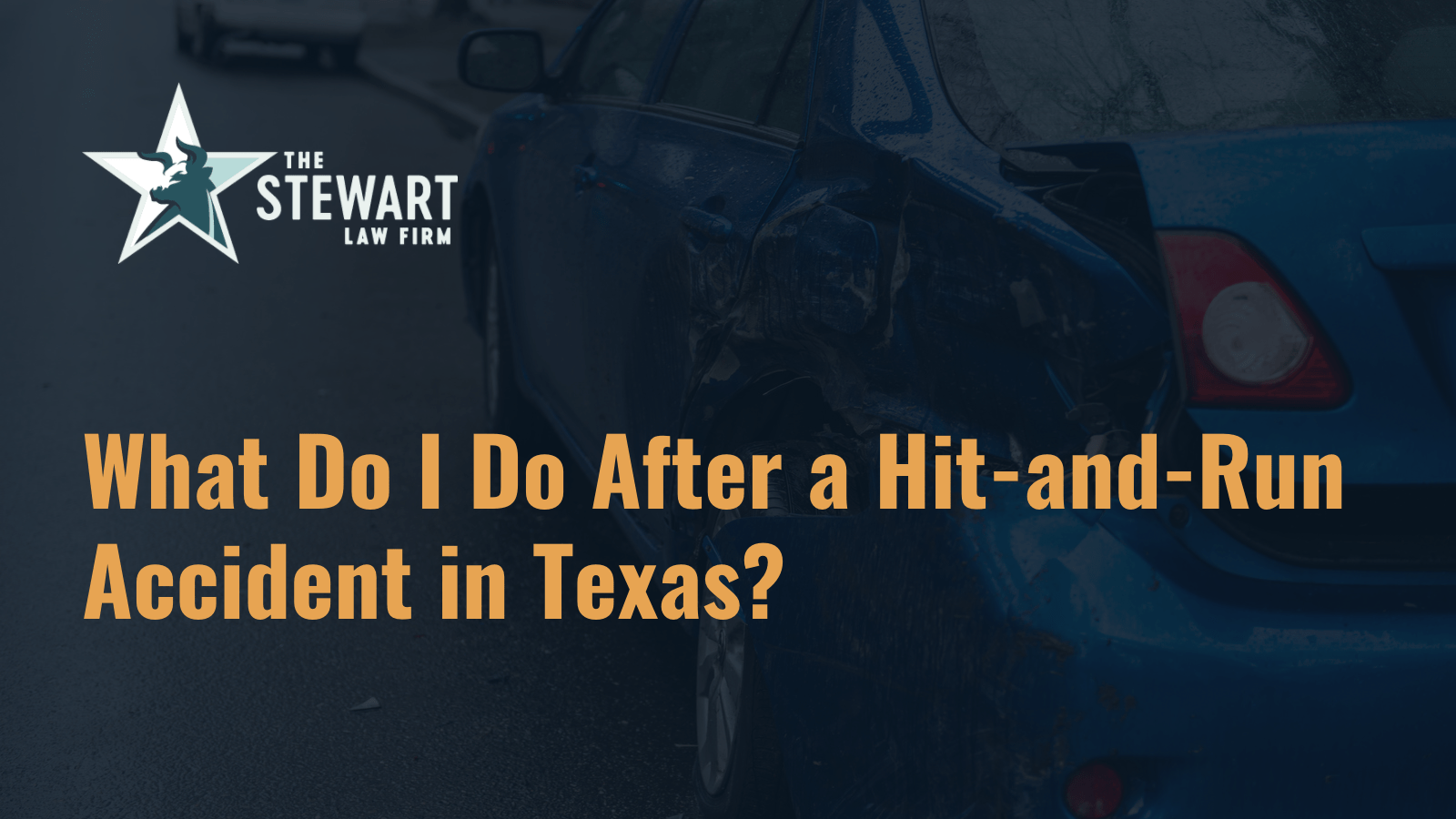Pedestrian accidents can be among the most devastating traffic accidents on our roads. Pedestrians have virtually no protection against motor vehicles, and victims commonly suffer severe injuries, especially when high speeds are involved.
While it’s easy to assume the vehicle’s driver is automatically at fault in these types of accidents, this isn’t always the case. There are instances where pedestrians bear some responsibility.
At our Austin-based Stewart Law Firm, we have experienced personal injury lawyers who can help you navigate an accident with a pedestrian. In this blog, we will cover how pedestrians can be responsible for their injuries.
Personal Injury Law Basics
Personal injury law affords victims the right to hold the party responsible for causing their accident liable for damages, including medical bills, lost income, pain and suffering, and more.
Statute of Limitations in Texas
Filing your lawsuit promptly is crucial because you have a limited timeframe known as the statute of limitations. This time limit begins when the accident occurs, or the injury is discovered.
The statute of limitations in Texas for most personal injury claims, including car accidents is two years. The injured party may lose the right to seek compensation if the lawsuit isn’t filed within that period.
Personal injury claims hinge on proving negligence. To recover damages, a victim needs to demonstrate that another party (often the driver in pedestrian accidents) acted negligently and this negligence was the primary cause of the accident and injuries.
So, what exactly is negligence? Negligence is the failure to exercise reasonable care or to comply with applicable traffic laws.
A reliable and seasoned personal injury lawyer like Stephen Stewart can help you navigate complex legal cases like pedestrian negligence. Their years of knowledge can help you through these challenging times and answer any questions you may have about the case.
Negligence in Pedestrian Cases
Negligence isn’t a one-way street, and pedestrians can certainly be responsible for causing or contributing to an accident.
Common Causes of Pedestrian Accidents
Pedestrian negligence occurs when pedestrians fail in their legal duty to conduct themselves in a manner that doesn’t create unreasonable risks and follow traffic rules, but the most common causes of pedestrian accidents are typically the fault of the driver.
- Distracted Driving: Distractions, especially cell phone use, are a leading cause of pedestrian accidents. Both texting drivers and texting pedestrians are less likely to notice each other, creating dangerous situations. Texting while driving has been illegal in Texas since 2017.
- Reckless Driving: Reckless drivers, such as those aware that they feel sleepy while driving, disregard others’ safety. In cases of egregious recklessness, courts may order exemplary damages as punishment.
- Left-hand Turns: Studies show drivers turning left are more likely to injure pedestrians than those turning right. This is often because right-turning drivers are focused on navigating the turn rather than watching for crossing pedestrians.
- Failure to Use Crosswalks: Crosswalks provide safe passage across busy streets, often with signals to guide pedestrians and traffic. Jaywalking violates Texas law, and even pedestrians using crosswalks must follow signals to avoid putting themselves and others at risk.
- Intoxication: Driving while intoxicated significantly increases the risk of pedestrian accidents. Impaired drivers have slower reaction times and may not notice pedestrians. Likewise, impaired pedestrians might misjudge traffic or walk into dangerous areas, potentially causing an accident.
When a pedestrian’s negligence contributes to a crash, working with experienced lawyers who can thoroughly investigate the situation and determine if an injured pedestrian still has the legal right to pursue compensation for their damages becomes essential.
Modified Comparative Negligence
Texas follows a modified comparative negligence law. This means that fault in an accident can be divided among the involved parties.
If a pedestrian is found to be partially responsible for the accident, their potential compensation may be reduced by their percentage of fault.
Texas has a specific rule within its comparative negligence laws known as the 51% bar. This rule limits an at-fault driver’s ability to recover damages. You cannot receive compensation if your own actions contributed 51% or more to causing the crash.
Key Factors To Consider in Determining Comparative Negligence
In Texas personal injury cases, several factors help determine the degree of fault assigned to each party. These include the following:
- Evaluation of Negligence
- Witness Reliability
- Expert Opinions
- Contributory Actions
In pedestrian accident cases, modified comparative negligence plays a crucial role in determining the extent of a pedestrian’s contribution to the accident. Here are some examples of what modified comparative negligence can entail:
- Pedestrian Less at Fault: If another party (e.g., a driver) is found to be primarily at fault for causing the crash, the pedestrian can still recover compensation.
- Pedestrian Mostly at Fault: If a pedestrian is found to be more than 50% at fault, they will not be able to recover any compensation from the other party involved.
- Shared Fault: When both the pedestrian and another party share fault, the pedestrian may recover compensation, but the amount will be reduced by their percentage of fault. For instance, if a pedestrian has $100,000 in damages but is found 20% at fault while the other party is at fault by 80%, they would be eligible to recover $80,000.
Contact an Experienced Accident Attorney in Texas
At the Stewart Law Firm, our Austin-based personal injury attorneys devote the time and resources to thoroughly investigate an accident and help pedestrians preserve their right to recover the financial compensation they often desperately need.
When handling issues of fault and liability, we leverage decades of combined experience and a passion for helping people navigate these difficult times. Helping you through complex legal issues and doing our best to ensure you get the compensation you deserve is our top priority.
Contact us today to start your free initial consultation.





